Archives
The national company Hulleras del Norte S.A. (HUNOSA) was created in 1967 in Asturias to face the crisis in the coal mining sector of the Asturian coal basins. In the nineties, as a result of the mining reconversion process, the company faced the creation of a historical archives institution to gather and preserve the funds of all the companies it absorbed since its creation.
This process of industrial concentration began in the 1960s. It ended up becoming the saving grace of important company collections for the industrial history of Asturias and Spain. This task of recovering funds and documents is still active.
The HUNOSA Historical Archives surface is 30,000 square meters and it is located in the historic Fondón Mine. This has become the most important mining archives in Asturias and one of the largest one in Spain and Europe. It evokes the industrial and mining past of Asturias and it currently holds the collections of more than 30 companies: Minas de Lieres, Hulleras de Veguín y Olloniego, Minas de Langreo y Siero, Hulleras de Turón, Sociedad Hullera Española (the Spanish Coal Company), Sociedad Metalúrgica Duro Felguera (the Duro Felguera metallurgical company), the coal company Carbones Asturianos, Carbones La Nueva, Fábrica de Mieres, Minas Coto Musel, Minas de Figaredo, Royal Asturian Mining Company, Sociedad Industrial Asturiana, Sociedad Lenense Asturiana, Sociedad Hullera y Metalúrgica Asturiana, Sociedad Hullera de Ujo, Carbones de Langreo, Caudal y Aller, Carbones del Pontico, Minas La Encarnada, Minas de San Vicente, Minas de Riosa, Minas Tres Amigos, Nespral y Compañía, Nueva Montaña Quijano, Industrial Asturiana S. Bárbara, Compañía de Carbones, Industria y Navegación, Compañía Industrial Minero Astur, and HUNOSA (the latter archives is not open to public consultation).
As in other cases, the mining funds of emblematic Asturian companies that are preserved in their respective archives can also be found here. This makes the archival history of these funds even more complex. These are their figures:
Archival collection:
Dates: 1850-1990
100,000 files, 2,000 books, 120,000 maps.
Image collection:
10,000 photographs and 500 videos.
Bibliographic collection:
Collections of mining magazines, like Hulla (published by HUNOSA since 1969).


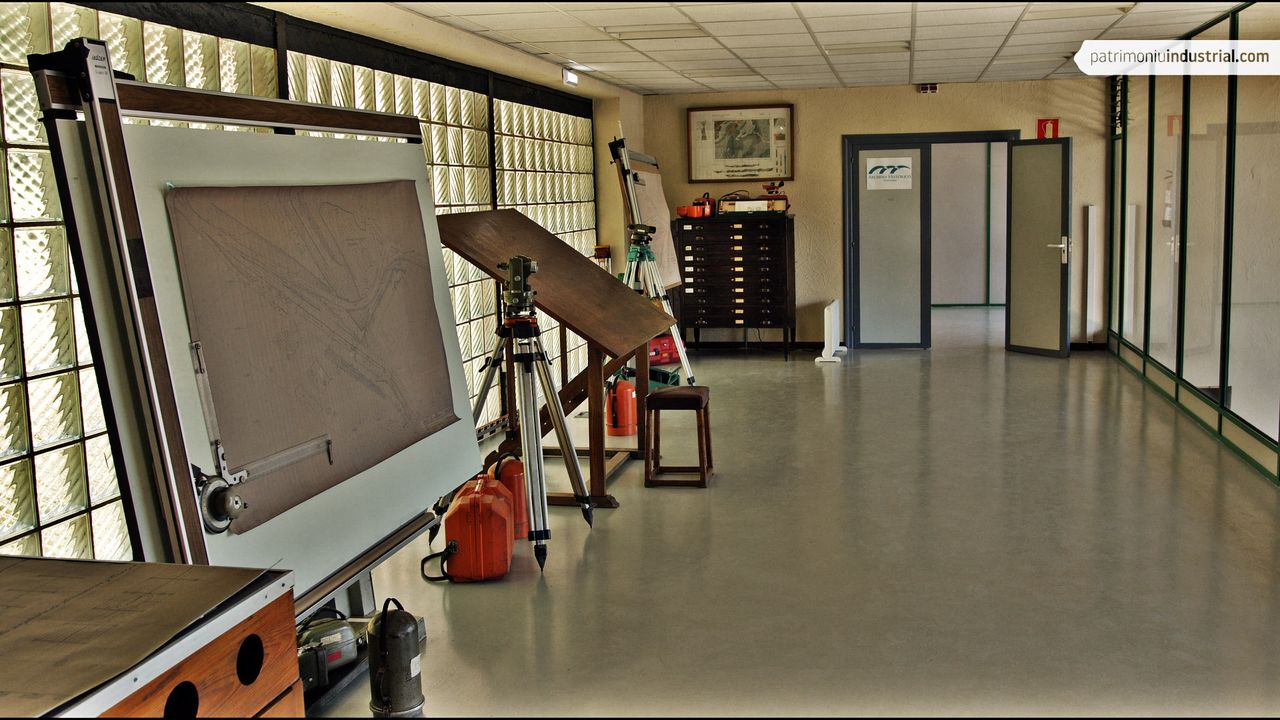
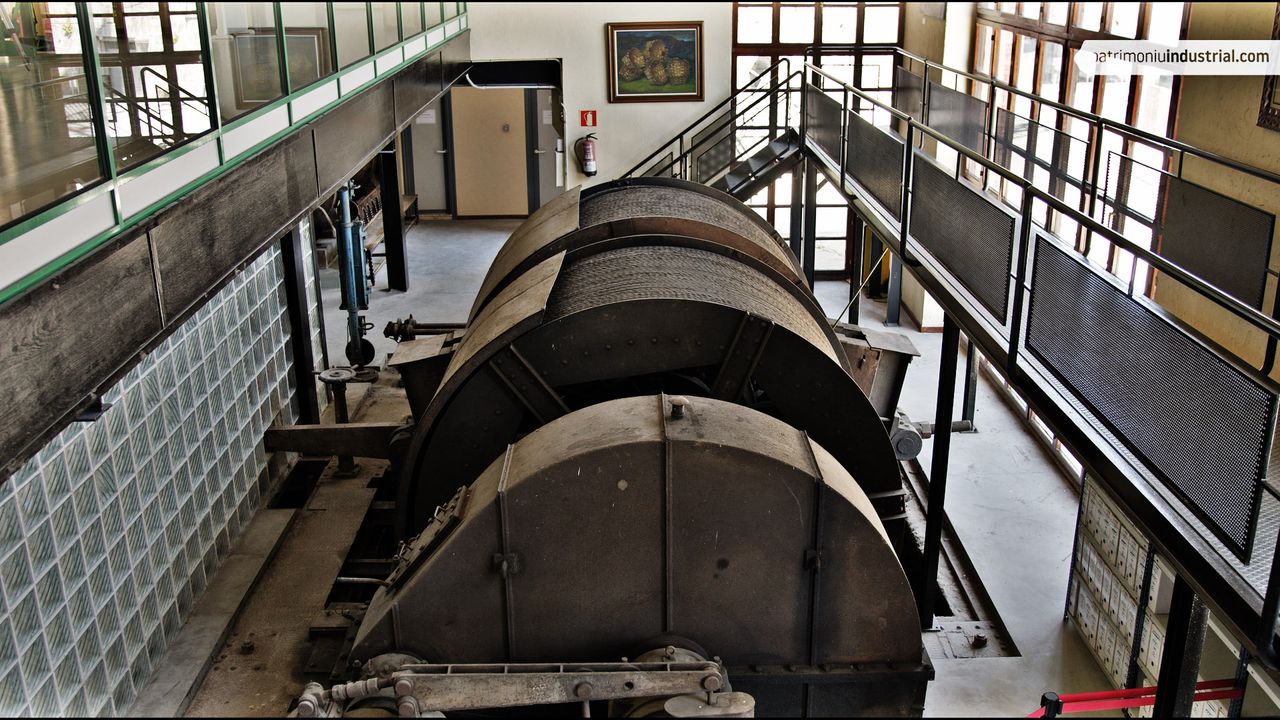
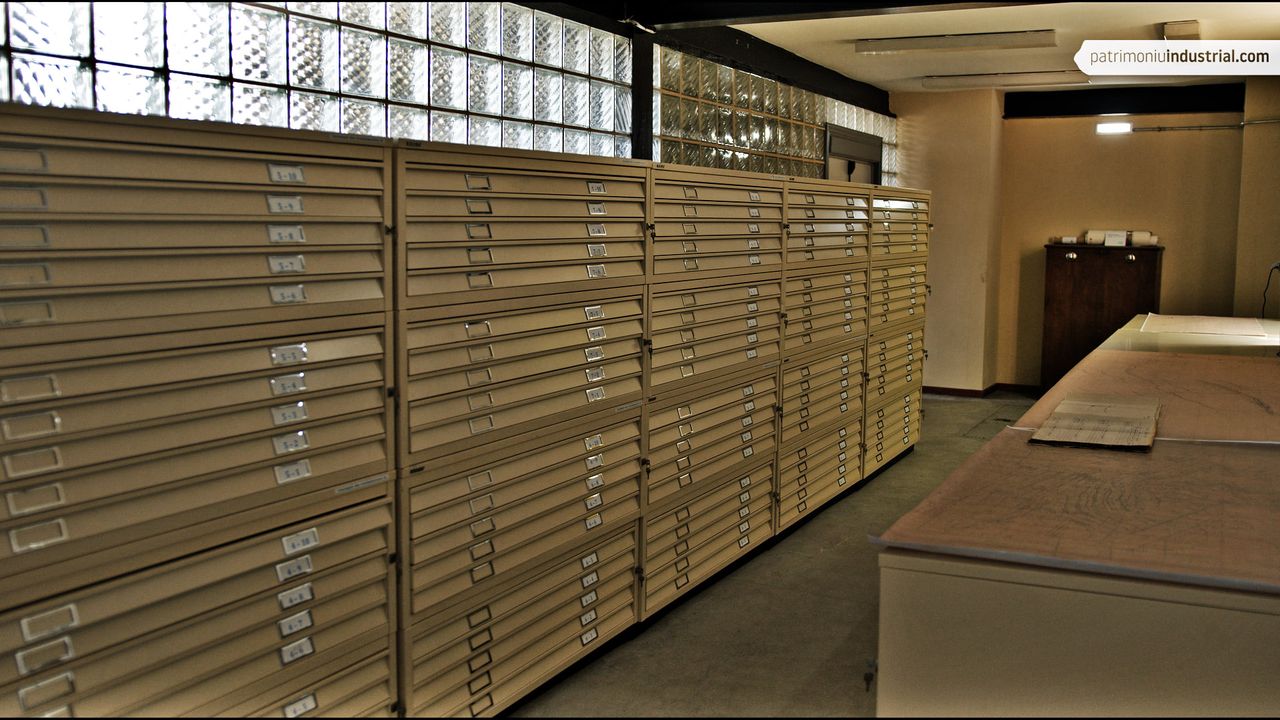
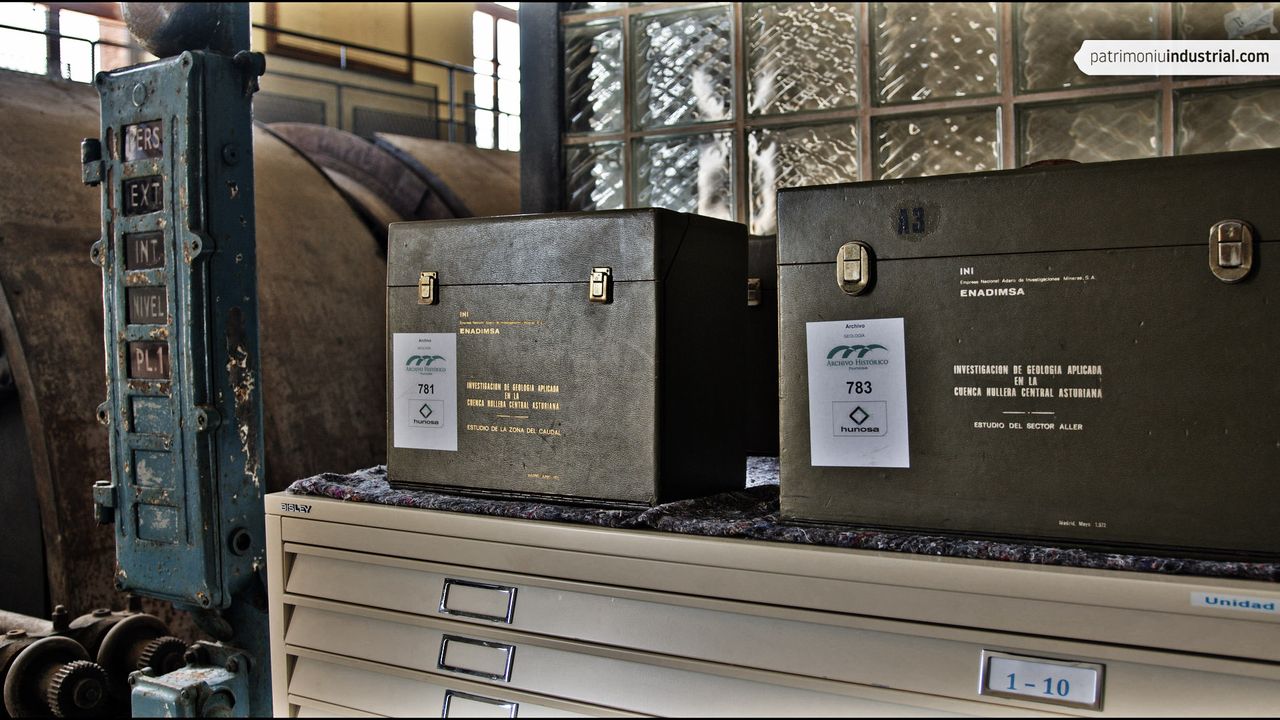
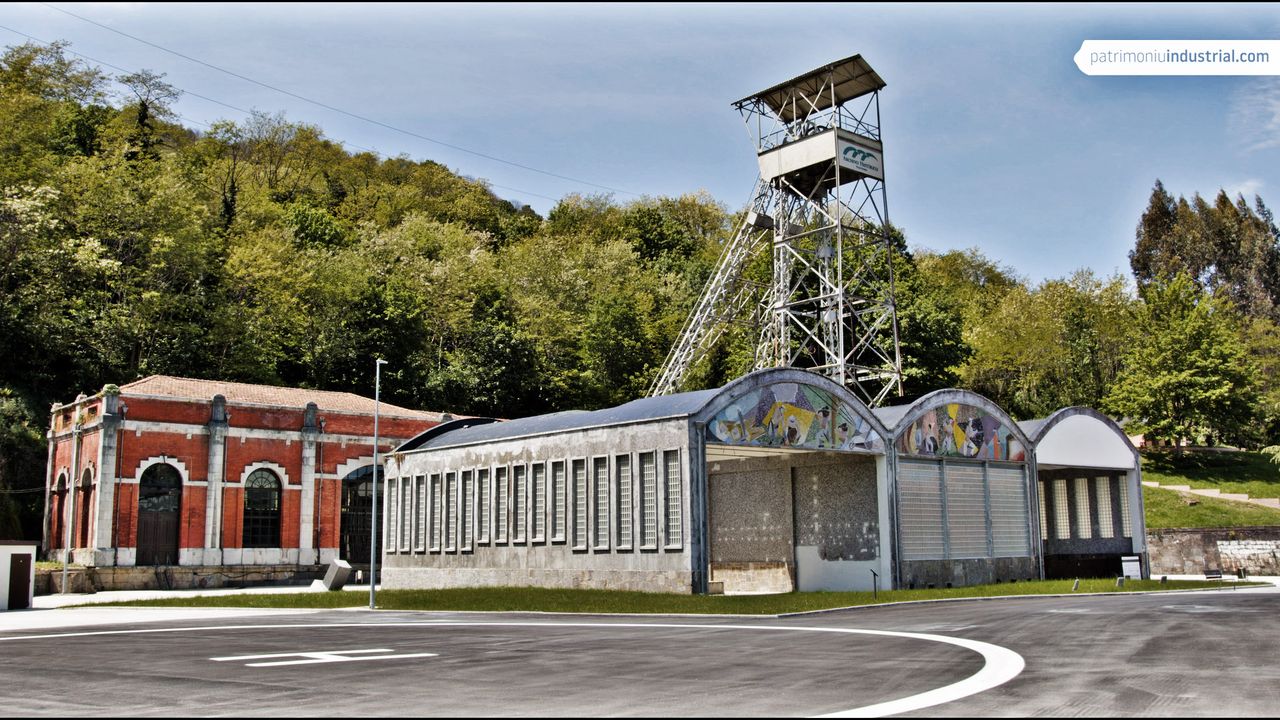
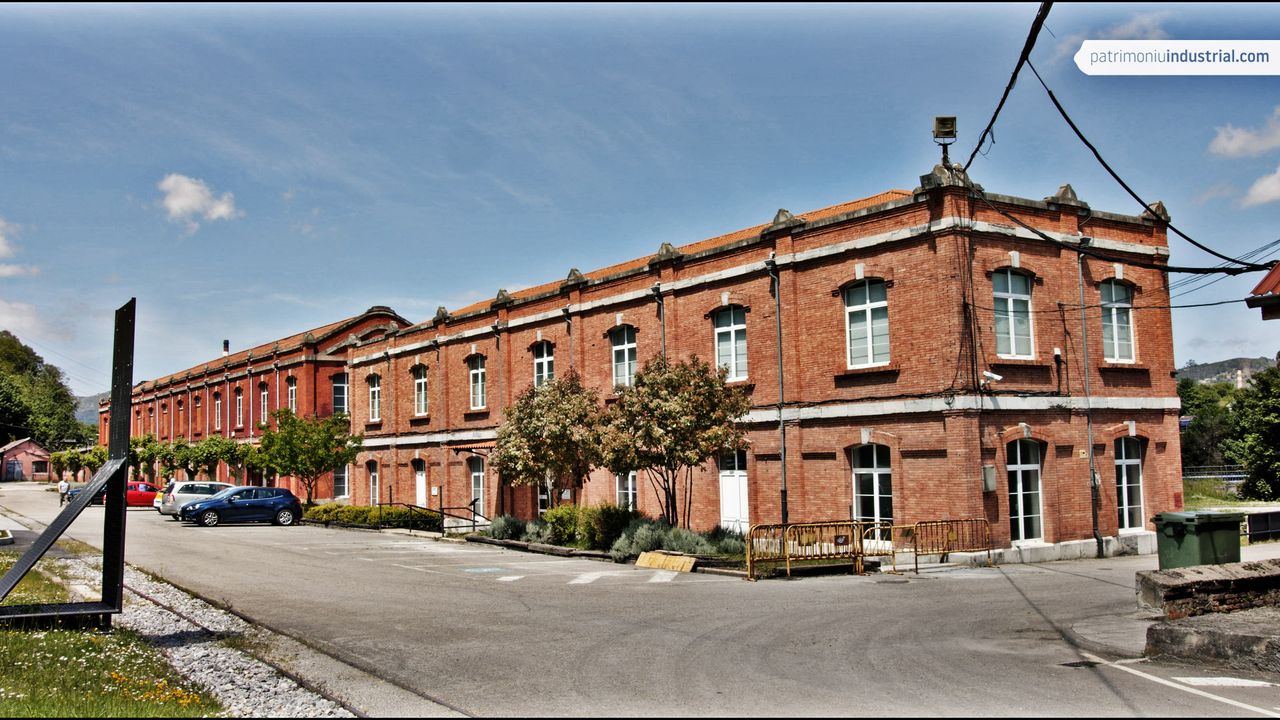
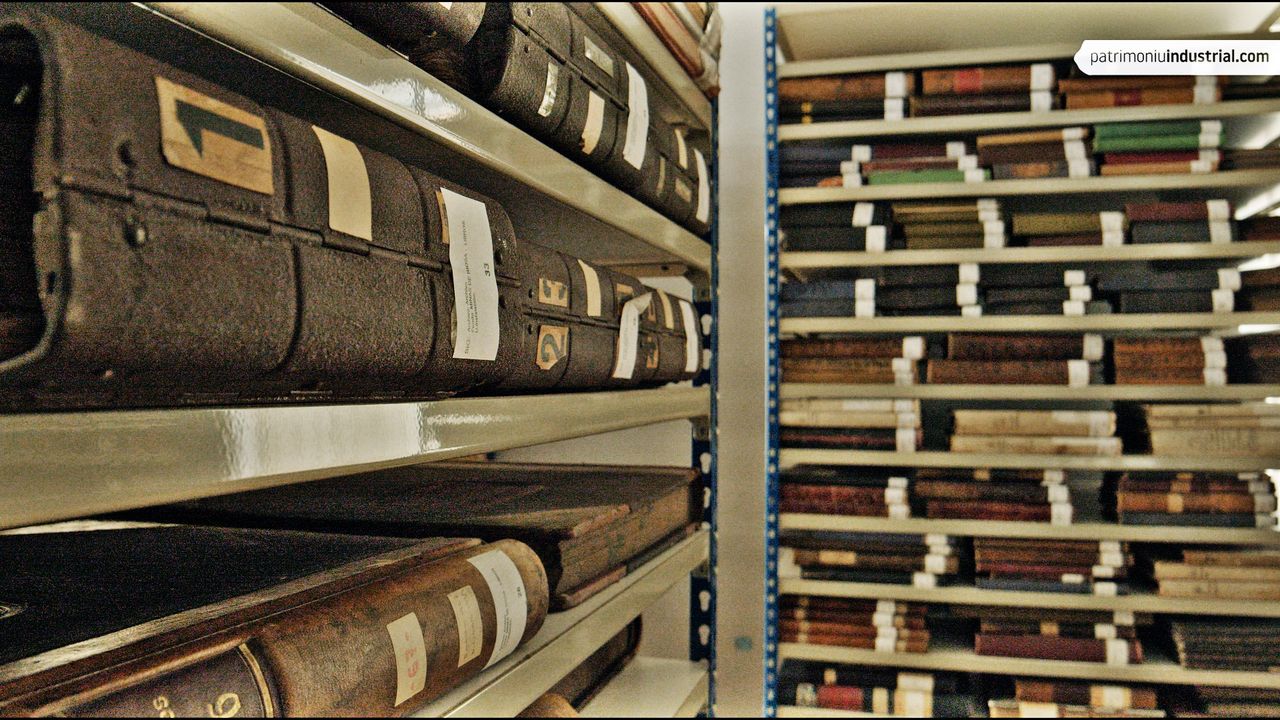
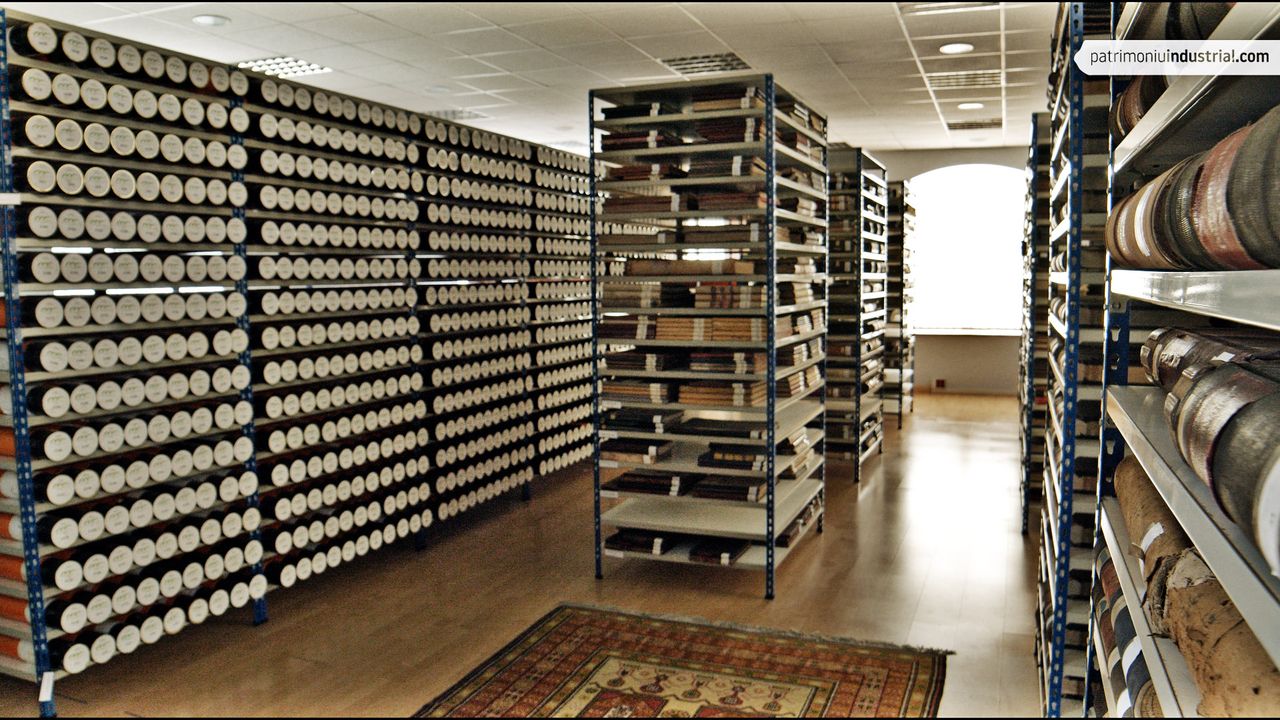
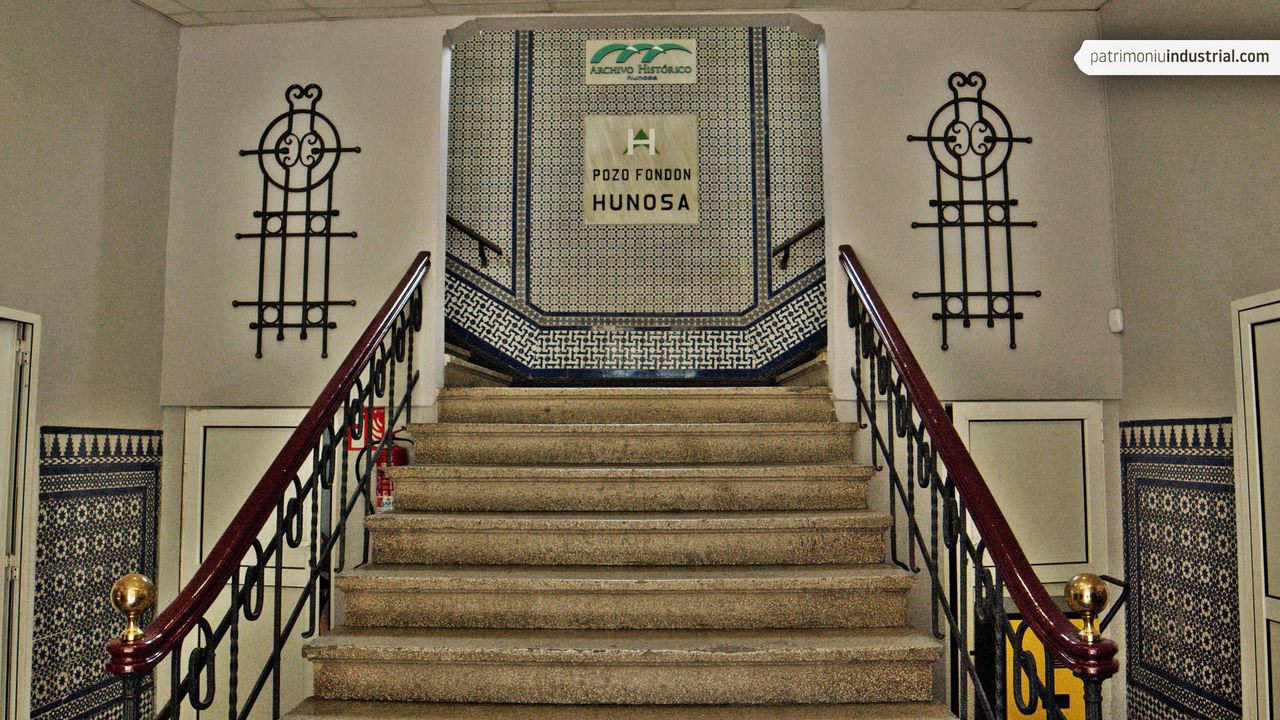
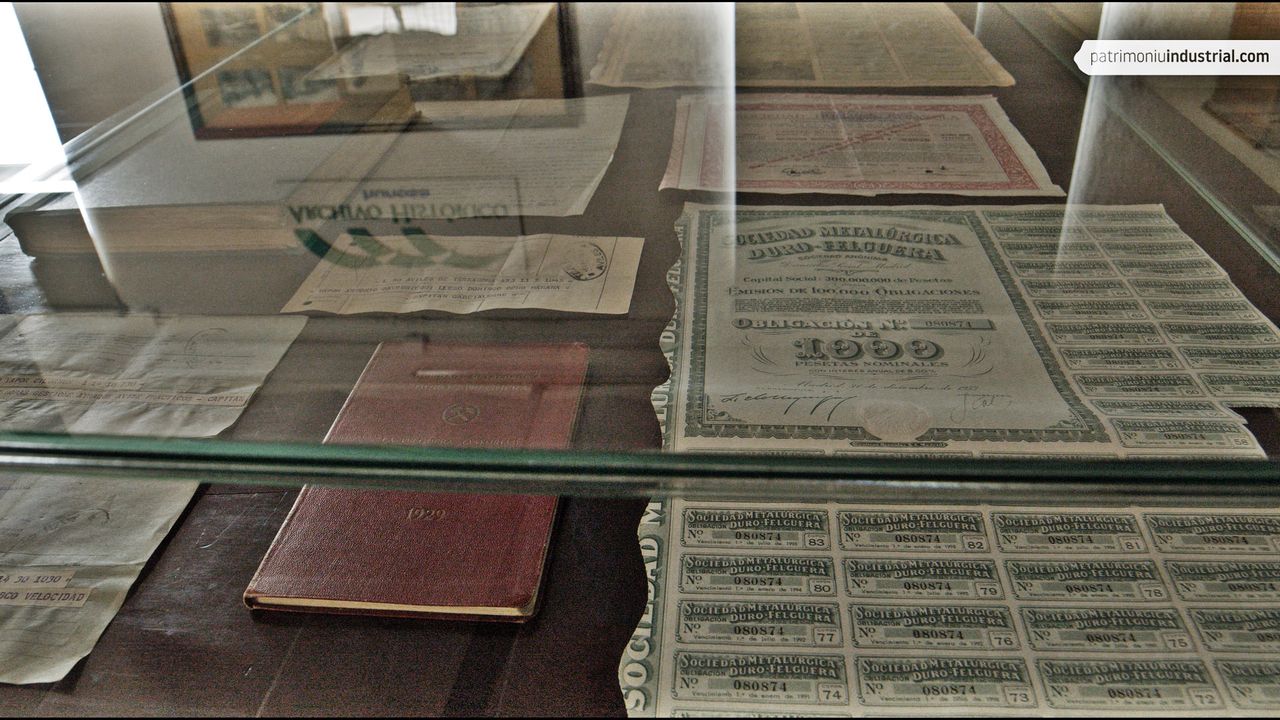
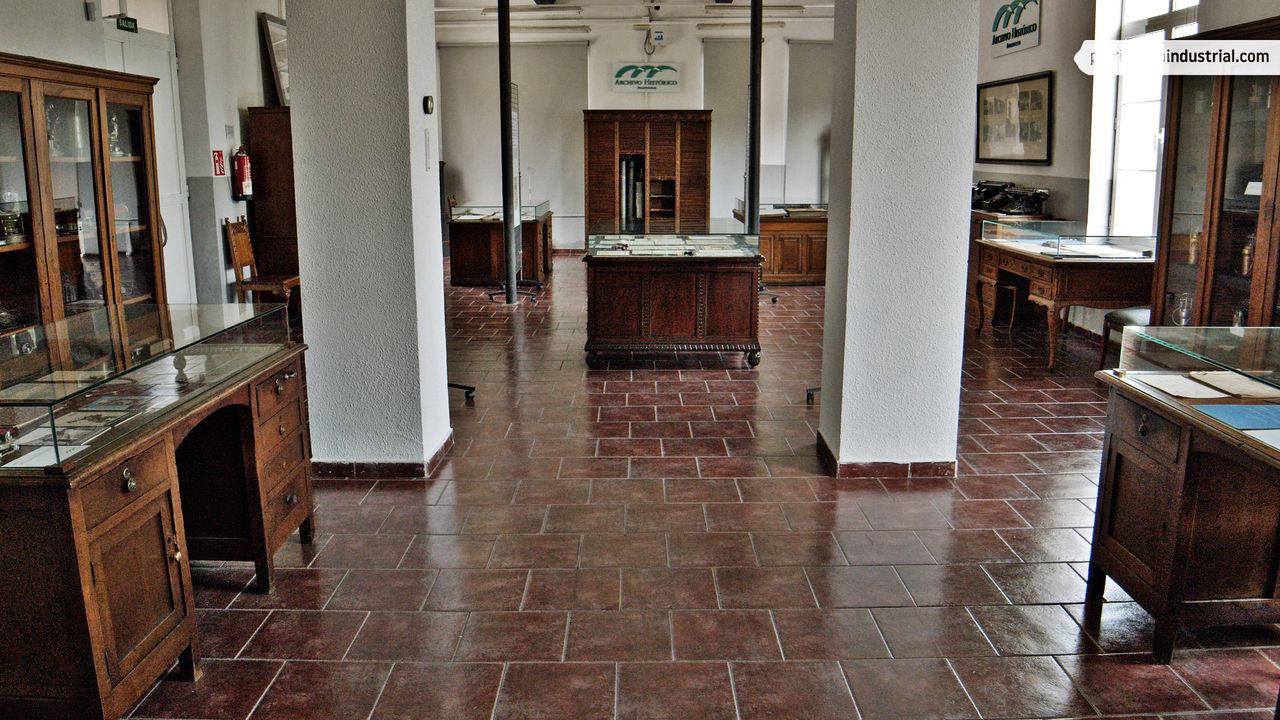
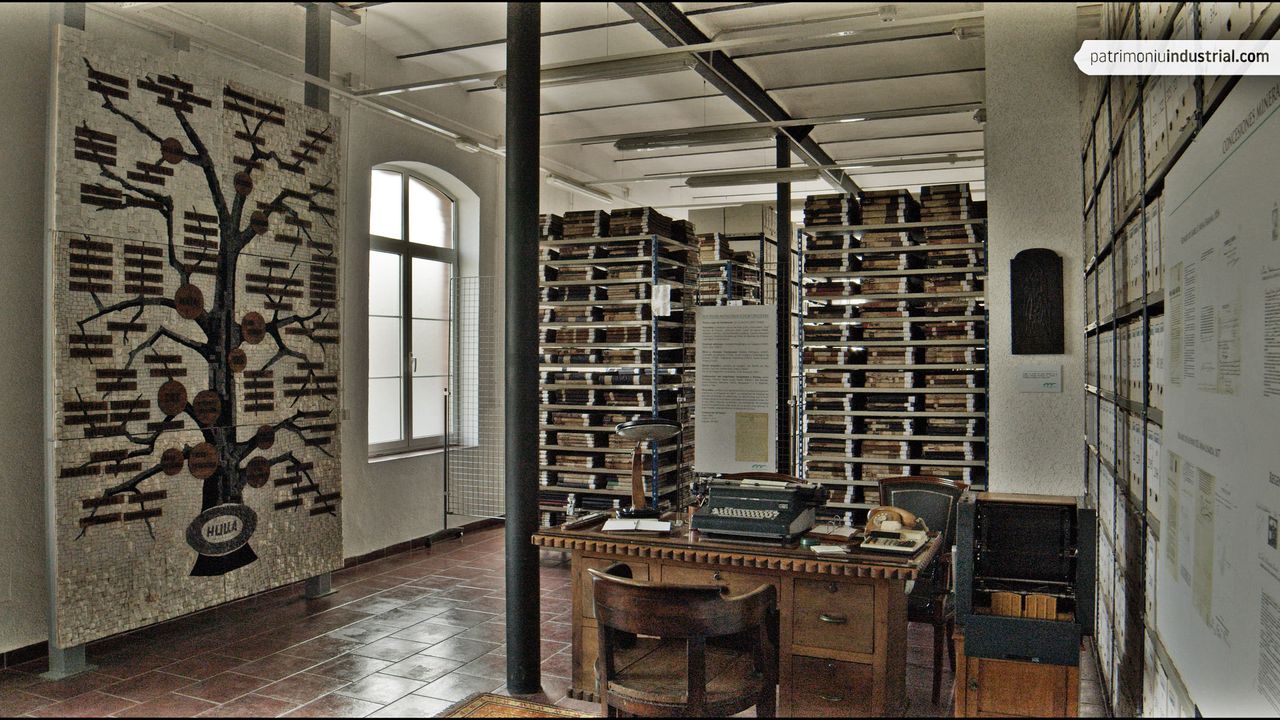
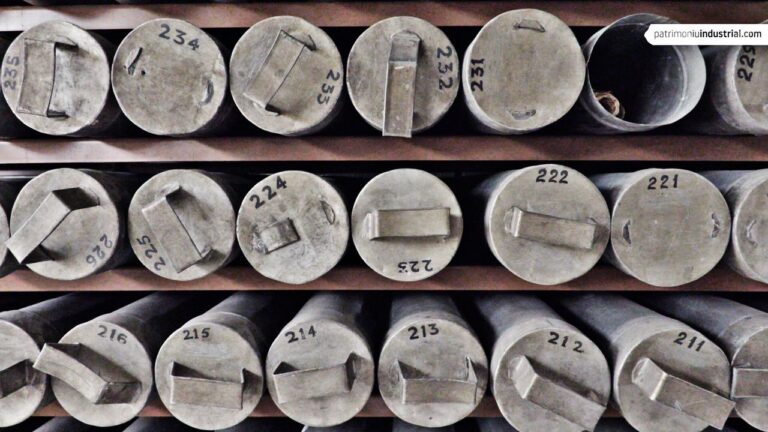

Recent Comments